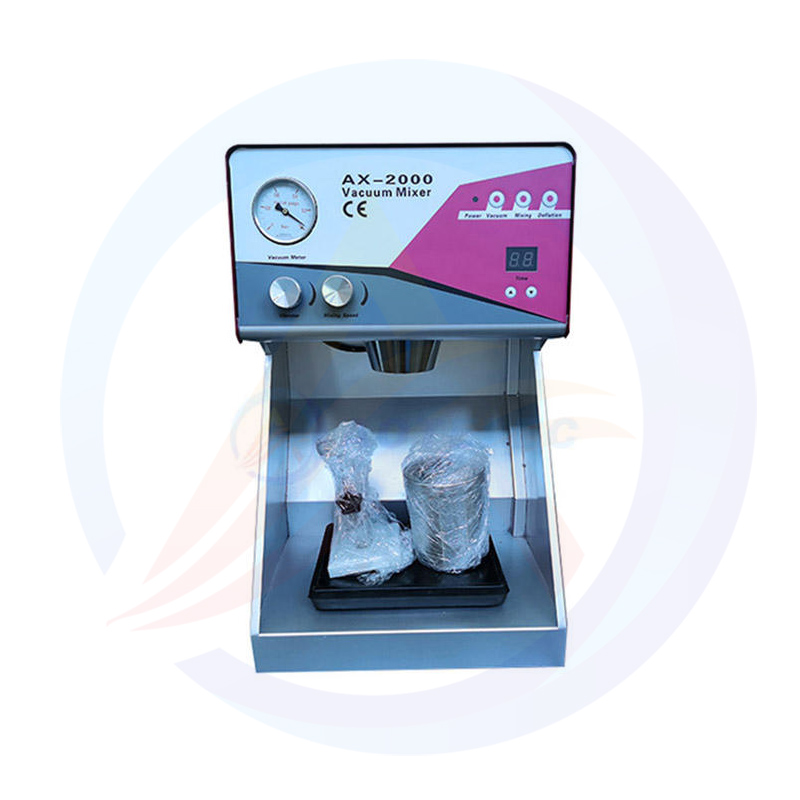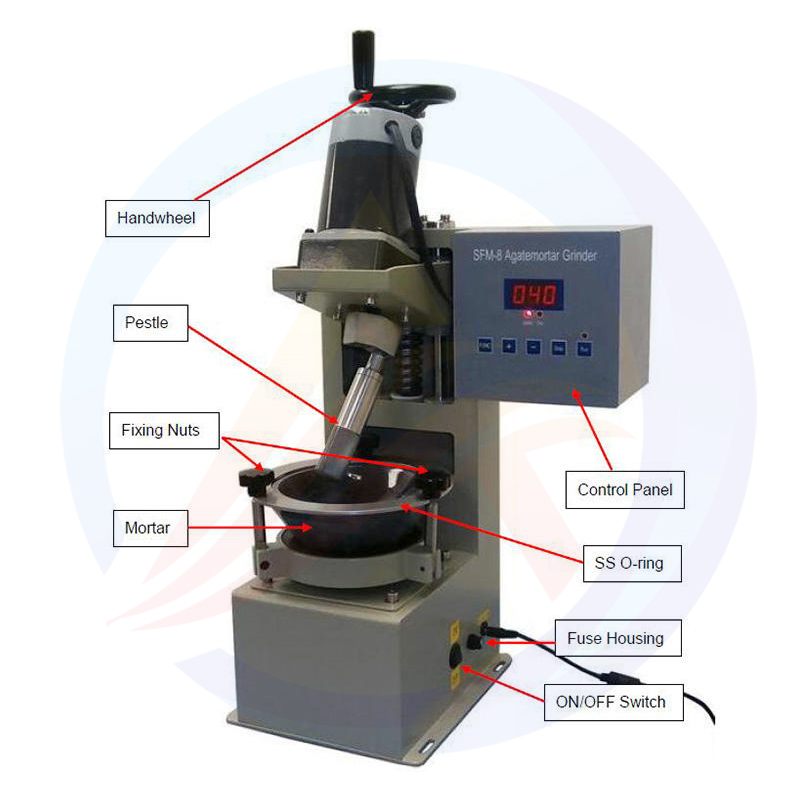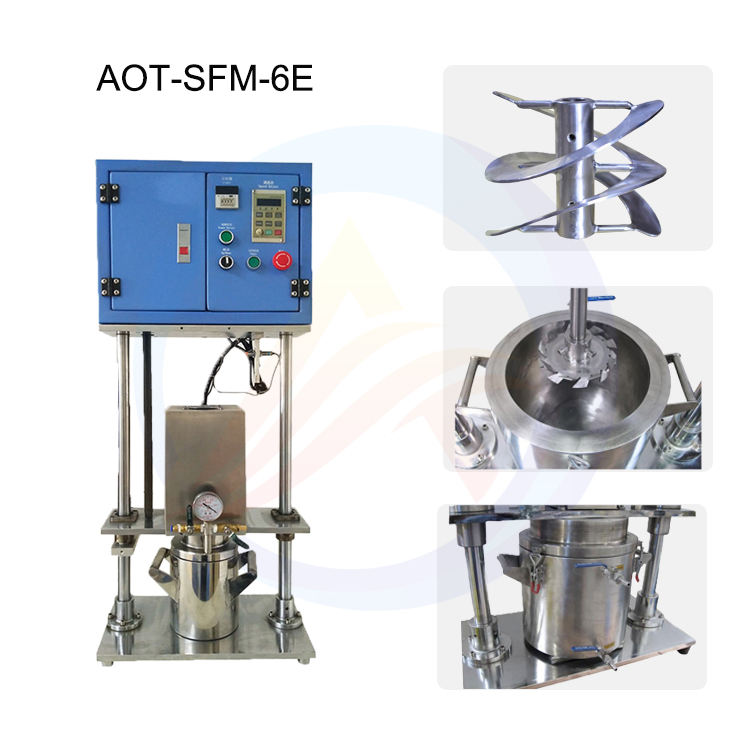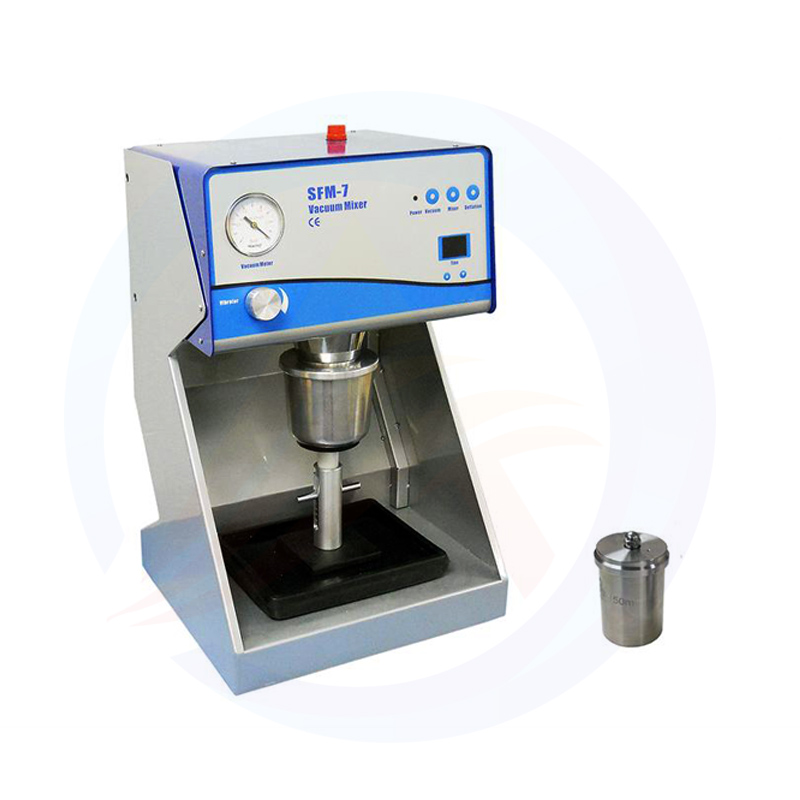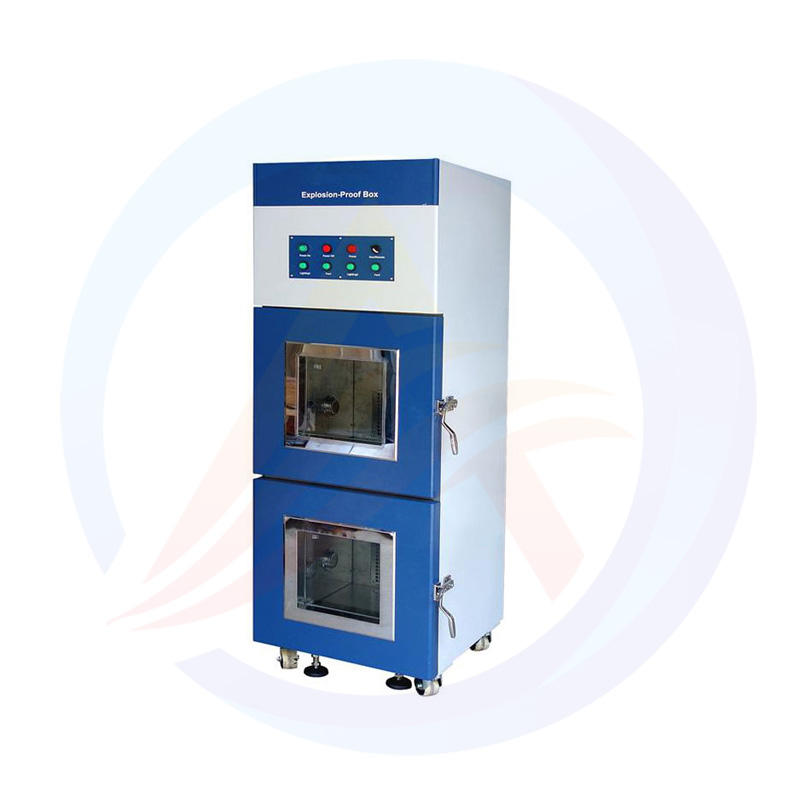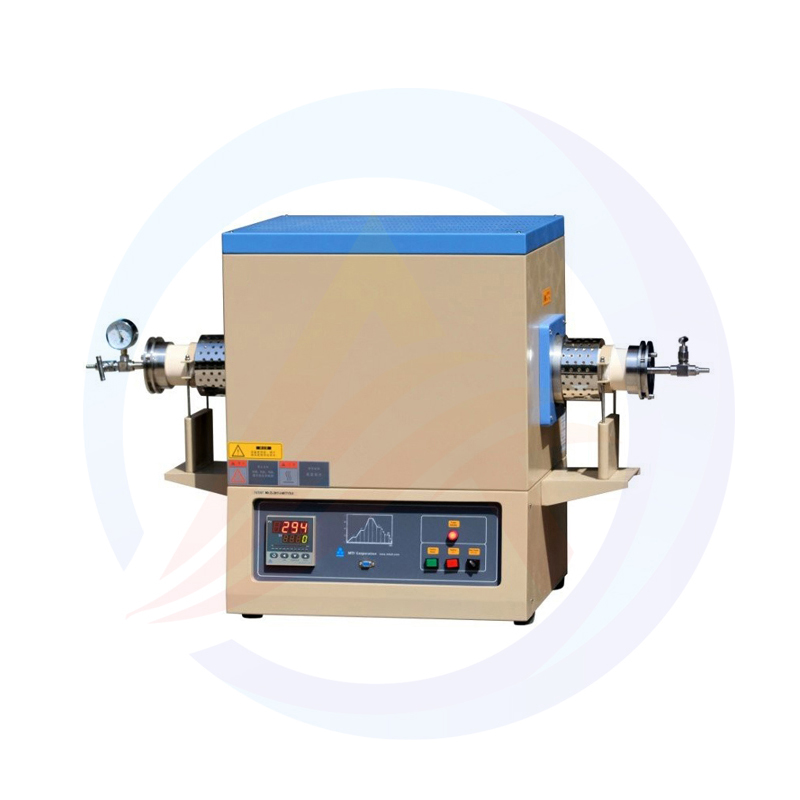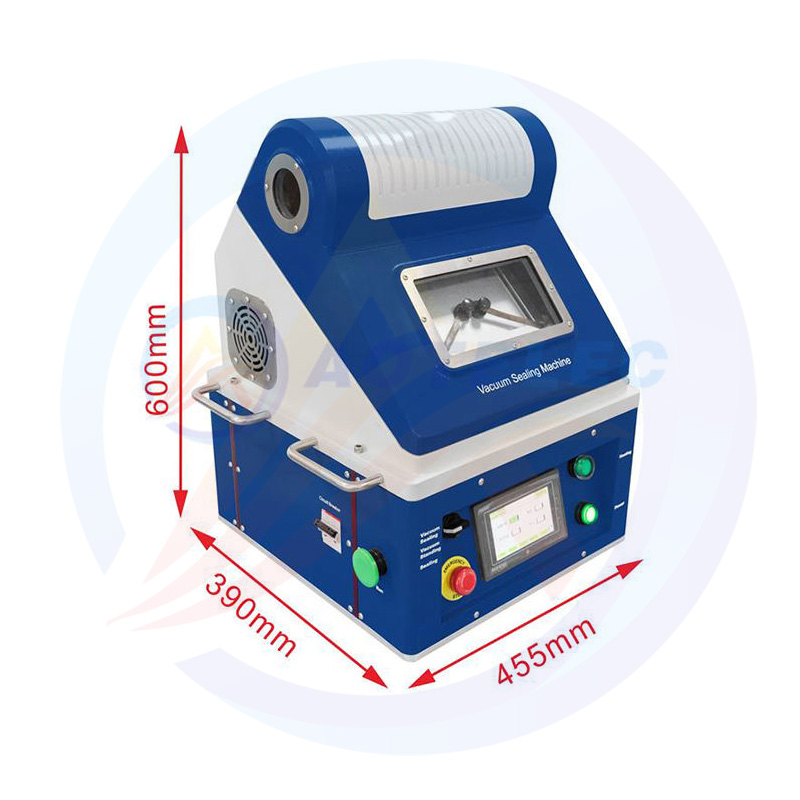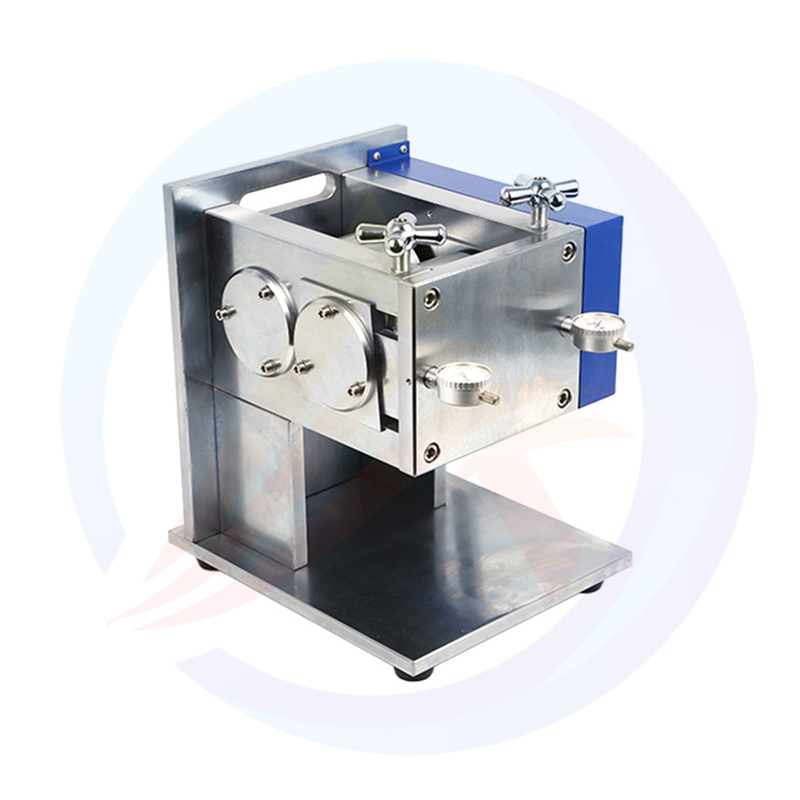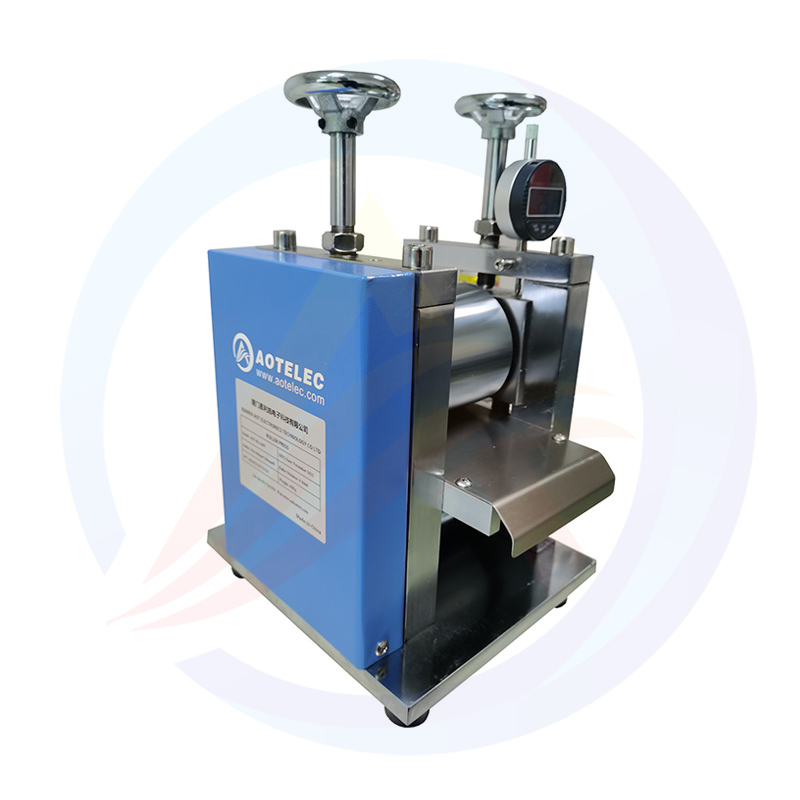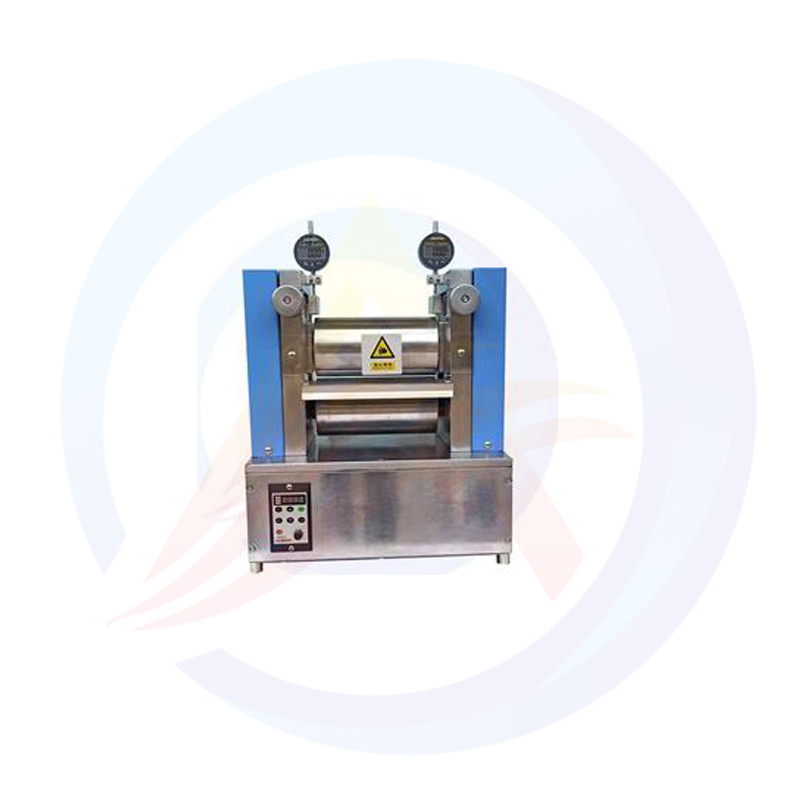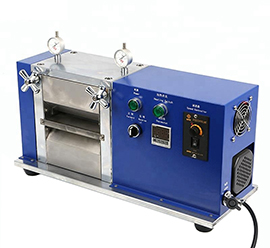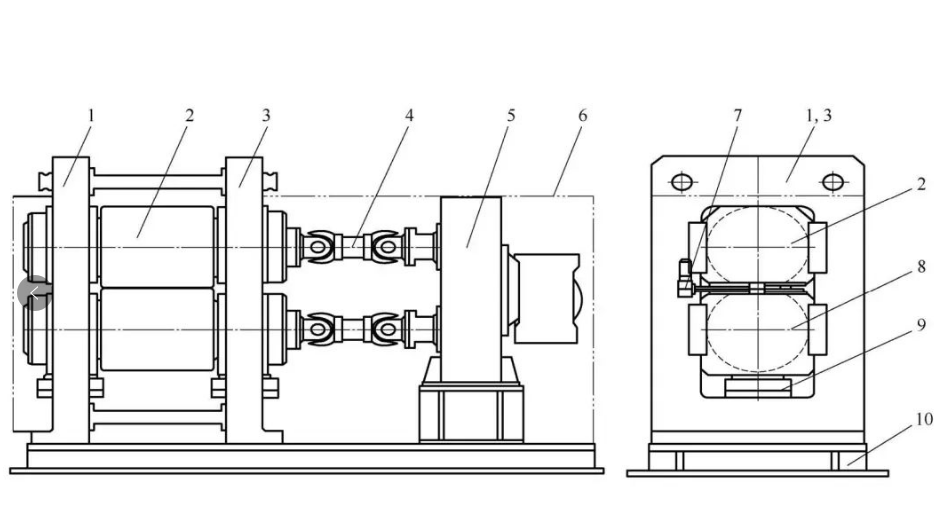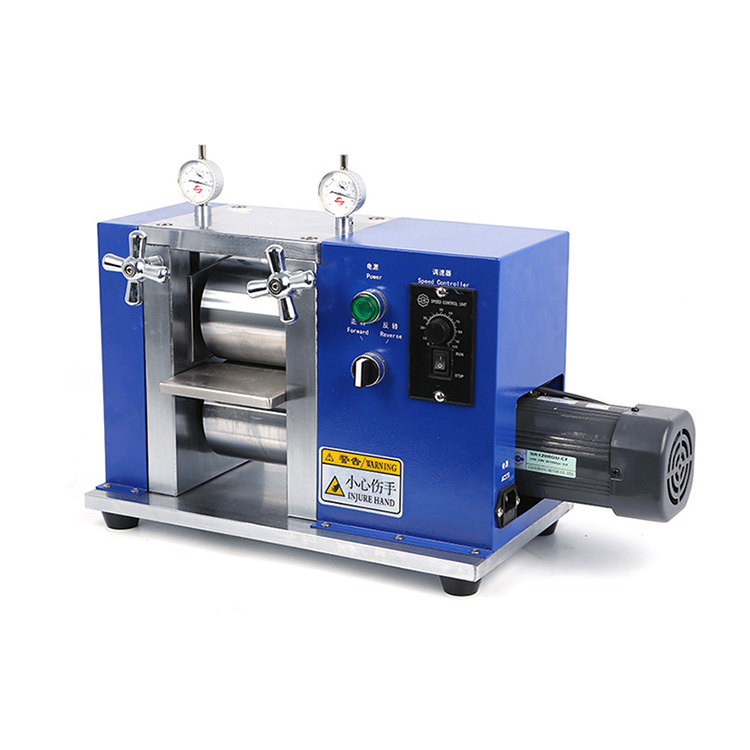Lithium ten key equipment: roll press machine
2、The roller press structure and classification
3、The operation process of the roller machine
4、The problems and solutions of the rolling process in the manufacture of lithium batteries
1、the function and principle of the rolling equipment, the influencing factors of the rolling quality
1.1 Functions of battery roll press machine
Rolling refers to the process of compacting the coated and dried lithium battery electrode sheet to a certain extent. After the electrode sheet is rolled press, the energy density of the lithium battery can be increased, and the binder can firmly stick the electrode material to the collector of the electrode sheet, so as to prevent the loss of lithium battery energy because the electrode material falls off from the collector of the pole sheet during the cycle. Before rolling the lithium battery electrode sheet, the coated electrode sheet must be dried to a certain extent, otherwise the coating of the electrode sheet will fall off from the fluid collector during rolling.
1.2 Rolling principle of battery pole sheet
The purpose of roller pressing is to make the active material and foil bond more dense and uniform in thickness. The rolling process must be carried out after the coating is completed and the pole piece is dried, otherwise it is easy to drop powder and the film layer falls off during the rolling process. The battery electrode is a copper foil (or aluminum foil) coated with electrical slurry particles on both sides. The battery electrode strip is rolled after two processes of coating and drying. Before rolling, the electrical slurry coating on the copper foil (or aluminum foil) is a semi-flowing, semi-solid granular medium, composed of some individual particles or aggregates that are not connected or weakly connected, and has a certain dispersion and fluidity. There is a gap between the electric slurry particles, which also ensures that in the battery rolling process, the electric slurry particles can have small displacement movement to fill the gap and position each other under compaction. The rolling principle is shown in the figure.
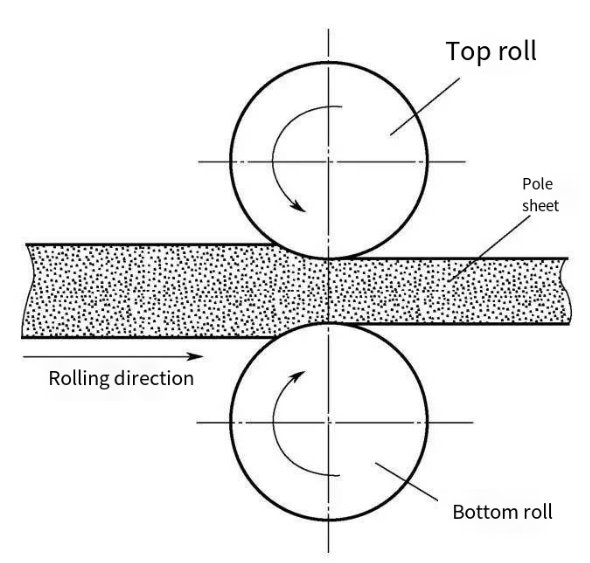
There is a great difference between the roll pressure of battery electrode and that of steel. When steel is rolled, elastic deformation occurs first after being subjected to external force. When the external force is increased to a certain limit, the rolled piece begins to produce plastic deformation. The plastic deformation increases with the increase of external force. The purpose of longitudinal rolling is to get extension. In the process of rolling steel, the molecules extend longitudinally and spread laterally, and the thickness of rolled pieces becomes smaller, but the density does not change.
1.3 Influencing factors of roll quality
The quality problem of battery electrode sheet caused by battery rolling machine is mainly reflected in the uneven thickness of the electrode sheet after rolling, which leads to the inconsistent compaction density of the battery electrode sheet, and the compaction density is a key factor affecting the consistent performance of the battery. The thickness uniformity of the polar plate includes the transverse thickness uniformity and the longitudinal thickness uniformity, as shown in the figure. The reasons for the transverse thickness non-uniformity and the longitudinal thickness non-uniformity are different. The main factors affecting the non-uniformity of the transverse thickness of the pole sheet are the bending deformation of the roll, the stiffness of the frame, the elastic deformation of the main bearing parts, the roll pressure, the width of the pole sheet, etc. When the rolling mill is working, the action of the roll pressure causes the deformation of the bearing parts such as the roll and the frame, and the final performance is the deflection deformation of the roll, so that the pole sheet appears thick in the middle and thin on both sides.
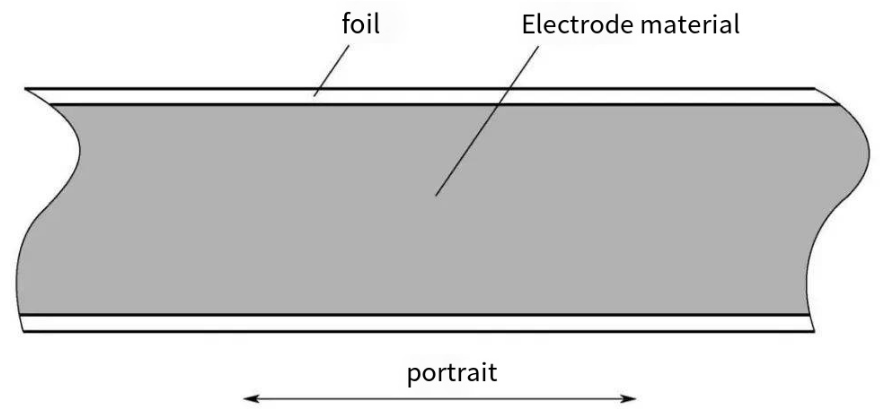
The factors that affect the rolling quality of pole sheet are tension control device, deviation correction device, slicing device, dust removal device, etc. In the battery rolling process, the pole sheet needs to have a certain tension force, the tension force is too small, the pole sheet is easy to fold, the tension force is too large, the pole sheet is easy to be pulled off. The dust removal device can ensure that there will be no surface defects caused by impurities on the surface of the pole sheet when rolling. The deviation correction device and edge cutting device mainly affect the cutting dimensional accuracy of the pole plate.
2、the roller press structure and classification
2.1 Basic structure of roller press
The high-precision roll press with standard configuration is a high-precision battery pole plate roll press with vertical mounting mouth frame, horizontal arrangement of two rollers, upward pressure of lower hydraulic cylinder, adjustment roll gap of servo motor reducer, integral base, and speed divider of double output shaft reducer driven by universal coupling. The structure of the roll press of standard model is shown in the figure.
1 - Left rack; 2 - upper roll system; 3 - Right frame; 4 - universal coupling; 5 - double output shaft reducer speed divider; 6 - Protective cover; 7 - roll gap adjustment mechanism; 8 - lower roll system; 9 - Hydraulic cylinder; 10 - Base
As shown in the figure above, the roller press is mainly composed of a frame, a roll, a main drive and other parts. The frame is the foundation of the entire system and needs to have sufficient stiffness and strength to reduce deformation. The hydraulic device applies the roll pressure to the roll through the bearing seat, and the motor and reducer make the two rolls rotate synchronously, providing torque to the roll and ensuring the realization of continuous rolling process.
3、the operation process of the battery roller machine
3.1 Battery Rolling process
Feed:
The battery positive and negative electrode materials and diaphragm materials are orderly fed into the roller machine. The key to this step is to ensure the continuity and stability of the material to avoid breaking or accumulation.
Monitoring process:
In the battery rolling process, the rolling machine running state and product quality are monitored in real time. Special attention is paid to whether the distribution of the material is uniform, and whether there is curled or broken phenomenon. Once abnormal conditions are found, such as uneven material distribution or substandard product quality, the operator needs to adjust the roll parameters in time or stop the inspection to ensure the stability of product quality.
3.2 Follow-up Operations
After the rolling is completed, the battery electrode and diaphragm are checked for quality. The purpose of this step is to ensure that the product meets quality standards such as thickness, uniformity, strength, etc. If there is a problem, deal with it in time and record it for subsequent improvement.
Collection products:
Collect qualified roller products and store them properly. During the collection process, care should be taken to avoid contamination or damage to the product. At the same time, nonconforming products are identified and isolated for subsequent processing.
Maintenance and cleaning:
Perform regular maintenance and maintenance on the equipment, including replacing severely worn rollers, checking the tightness of each component, adding lubricating oil, etc. In addition, clean up the residual materials and debris around the equipment to keep the working environment clean. This helps reduce equipment failures and increase productivity.
4、The problems and solutions of the rolling process in the manufacture of lithium batteries:
1. Rupture or damage of the material during the rolling process: During the rolling process, the material may be broken or damaged due to the excessive pressure of the roller or the non-uniformity of the roller surface. The solution can be to optimize the appearance of the incoming material to avoid defects such as breakage and cracking of the pole piece. At the same time, ensure the uniformity and smoothness of the roller surface, and adjust the pressure and speed of the roller to adapt to the rolling needs of different materials.
2. Uneven structural changes of the material after rolling: During the battery rolling process, the structure of the material may change, but this change may be uneven, resulting in unstable battery performance. The solution can be to optimize the incoming thickness of the coated pole sheet and improve its consistency. At the same time, the rolling process parameters are optimized, such as the pressure and speed of the roller wheel, and the control system of the roller press is adjusted to achieve a more uniform rolling effect.
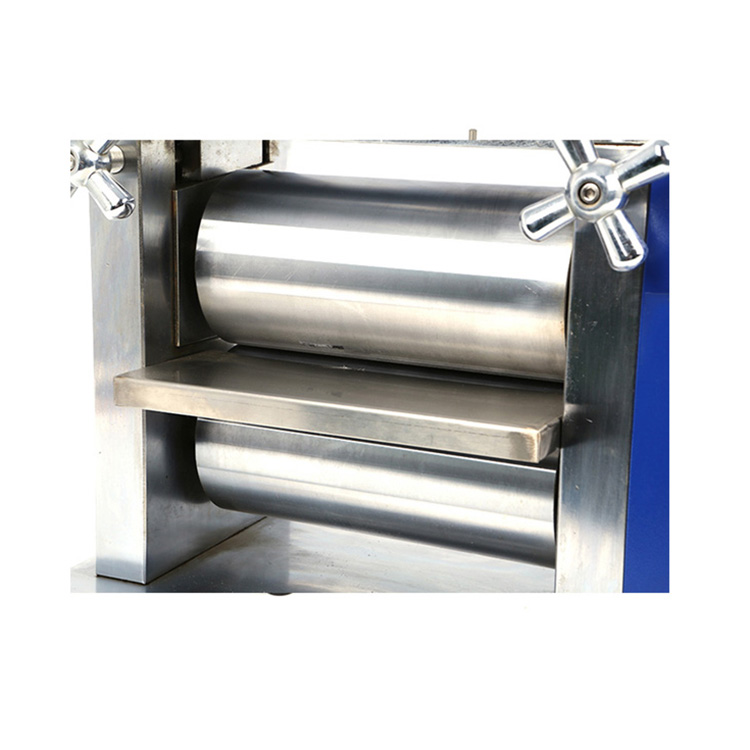
5、Summary
The battery rolling process of lithium battery is an important manufacturing process, which can improve the energy density, cycle life, safety of the battery, and reduce the manufacturing cost. By pressing and rolling the roller wheel, the positive and negative electrode materials of the battery are deformed, which contributes to the electrochemical reaction of the active substance and realizes the embedding and deembedding of lithium ions. The effect of the rolling process is affected by the pressure and speed of the roller, the properties of the positive and negative electrode materials, the properties of the mixture of active substances with conductive agents and binders, and the properties of the roller press. The rolling process is widely used in the manufacture of lithium batteries, which can improve the energy density, cycle life and safety of batteries, while reducing manufacturing costs.

